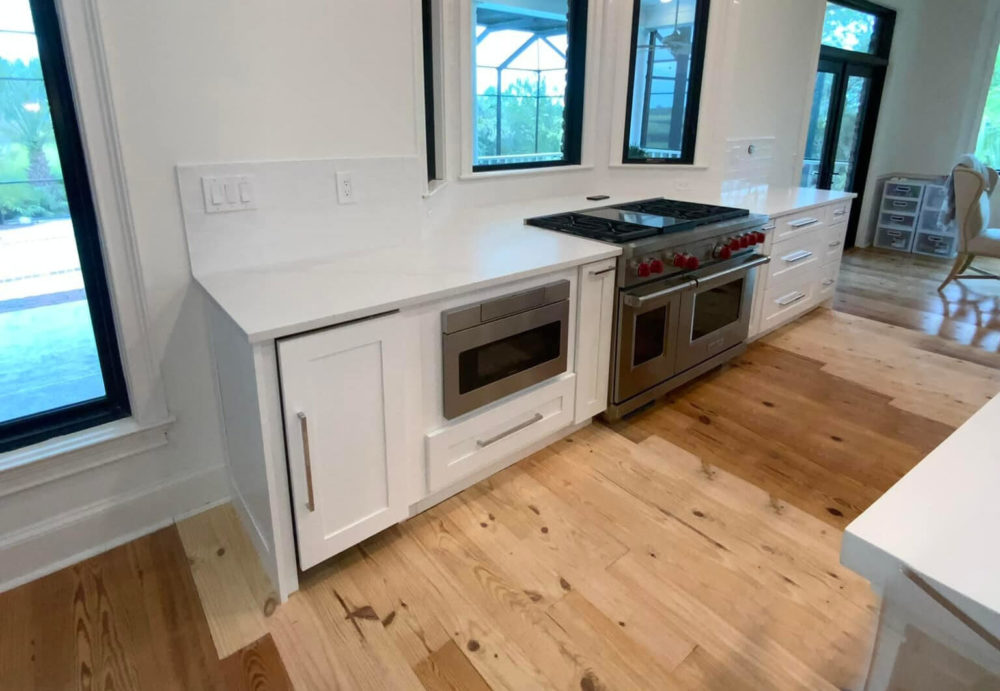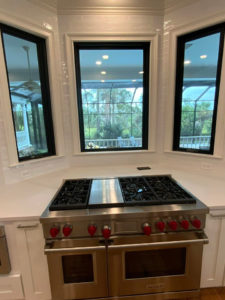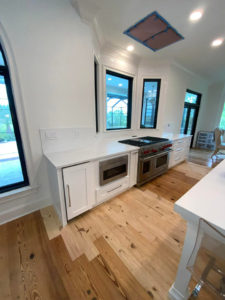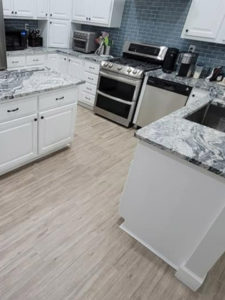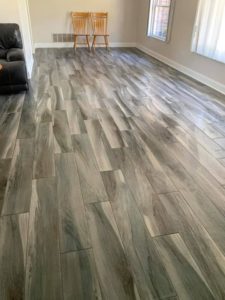1. Out with the Old
The first step in any kitchen renovation is to get rid of the old stuff. This means taking everything out of the cabinets and off of the countertops. If you’re planning on doing a complete gut job, you may even want to remove the appliances. This will give you a blank slate to work with and will help you to avoid any potential accidents.
2. Make a Plan
Once you have a blank slate, it’s time to make a plan. You need to decide what kind of layout you want, what kind of appliances you need, and what kind of finishes you want. If you’re not sure where to start, there are plenty of resources available online and in home improvement stores.
3. Set a Budget
After you have a plan in place, it’s time to set a budget. This will help you to determine how much money you can realistically spend on your kitchen renovation. It’s important to be realistic when setting your budget as unexpected costs can quickly add up.
4. Choose Your Materials
Once you have your budget set, it’s time to choose your materials. This is where things can start to get really fun! There are so many different options available when it comes to cabinets, countertops, flooring, and appliances. Do some research and find materials that fit both your style and your budget.
5. Hire a Contractor
If you’re not planning on doing the work yourself, then you’ll need to hire a contractor. Be sure to do your research and find someone who is experienced in kitchen renovations. Get multiple bids and be sure to ask for references before making your final decision.
6. Demo Day!
After everything is finalized, it’s time for demo day! This is the day when all of the old materials are removed from your kitchen and the new ones are brought in. Be sure to take before and after pictures so that you can see the transformation for yourself.
7. Installation Day
After demo day comes installation day! This is when your contractor will install all of the new materials that you’ve chosen for your kitchen renovation. Be sure to be available if they have any questions and be prepared for some dust and debris during this process.
8. The Big Reveal!
After everything has been installed, it’s finally time for the big reveal! This is when you get to see your new kitchen for the first time and start using all of your new appliances and finishes. Enjoy your newly renovated space!
9. Tear out the old, bring in the new.
The first step in any kitchen renovation is to get rid of the old stuff. This means tearing out the old cabinets, countertops, appliances, and flooring. If you’re starting from scratch, you’ll need to install new cabinets, countertops, and appliances. You may also want to install new flooring, depending on the condition of the existing flooring.
10. Make a plan.
Before you start tearing anything out or buying anything new, it’s important to make a plan. Decide what your budget is and what you want to accomplish with the renovation. Do you want to update the look of the kitchen or do you want to increase its functionality? Once you know what your goals are, you can start making decisions about what to keep and what to replace.
11. Choose your materials carefully.
One of the most important aspects of any kitchen renovation is choosing the right materials. Cabinets and countertops are two of the most important elements in any kitchen, so it’s important to choose materials that will look good and last long. When selecting appliances, be sure to choose energy-efficient models that will help reduce your utility bills.
12. Get creative with storage.
One way to make your kitchen more functional is to get creative with storage. If you don’t have a lot of space for cabinets, consider installing shelves or using pot racks for storing pots and pans. There are also many clever ways to store spices and other small items so they’re within easy reach when you need them.
13. Consider your layout carefully.
The layout of your kitchen is also important when planning a renovation. If you have a small kitchen, you’ll want to be sure to use every inch of space wisely. This may mean installing smaller appliances or using creative storage solutions. If you have a large kitchen, you may want to consider adding an island or peninsula for additional prep space or storage

